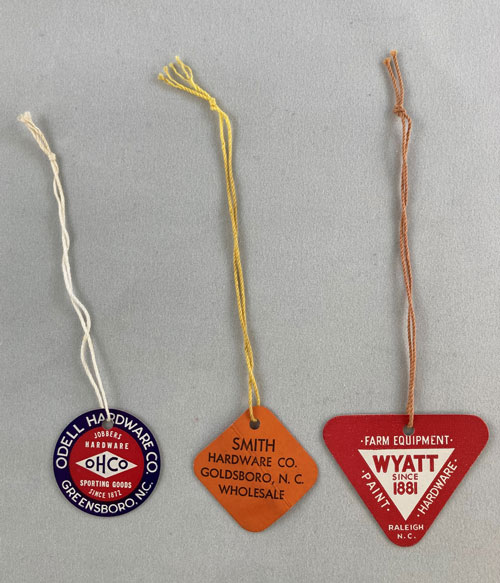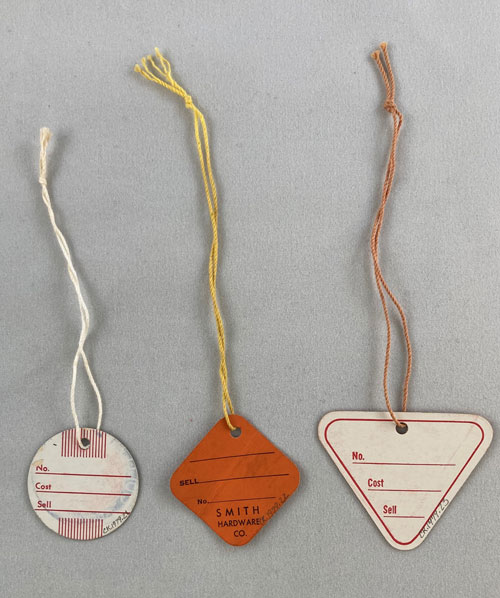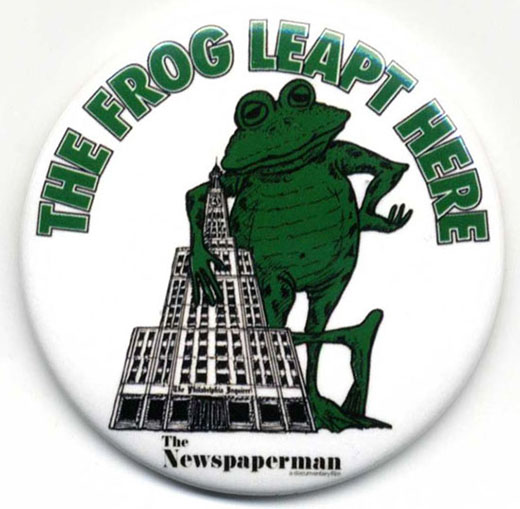“There were no interstates in 1957, only the old numbered federal highways that wandered the stagecoach routes between city and city. US 1 was the route we chose southward out of Washington on an itinerary only partly planned, and it took us to Richmond, then — Americans still laugh when I tell them — we headed over to Goldsboro, North Carolina, thence to Charleston, and so to Atlanta.
“Gentle memories of Goldsboro, hick town though Americans may think it, remain with me still. I liked it because in the middle of unfettered space, its citizens had chosen to build what then passed for a skyscraper in the South, a touching symbol of civic pride. I liked it because it was the first town in which I stayed in a motel, that brilliantly creative American contribution to the conveniences of travel, the American caravanserai, without vermin, camel smells, importunate hangers-on, or unspeakable sanitation. I liked it because in the growing cool of a Southern evening, I could sit outside above the dust of an unpaved sidewalk and watch the beautiful legs of girls otherwise unseen in the dying twilight walking—where? I longed to know. I longed to follow. The English girls with whom I had grown up wore skirts below their knees. Southern girls, even in 1957, wore abbreviated shorts above golden, athletic thighs….”
— From “One Englishman’s America” by John Keegan in American Heritage (February-March 1996)



